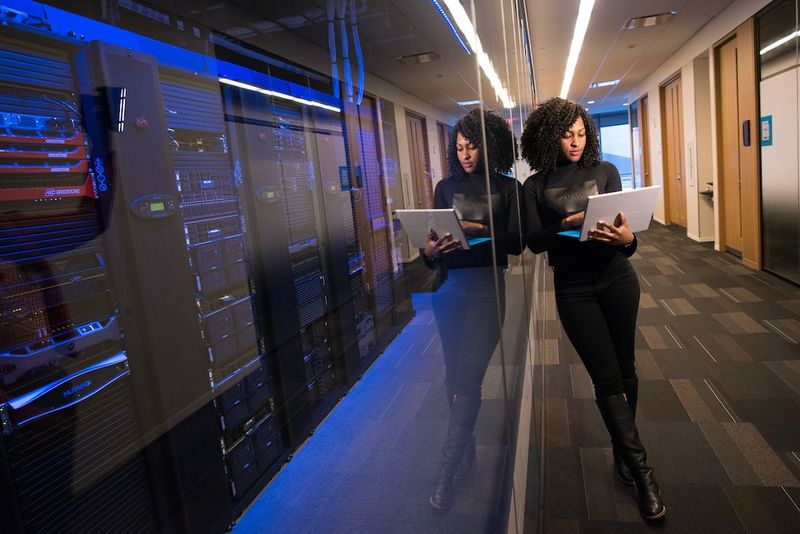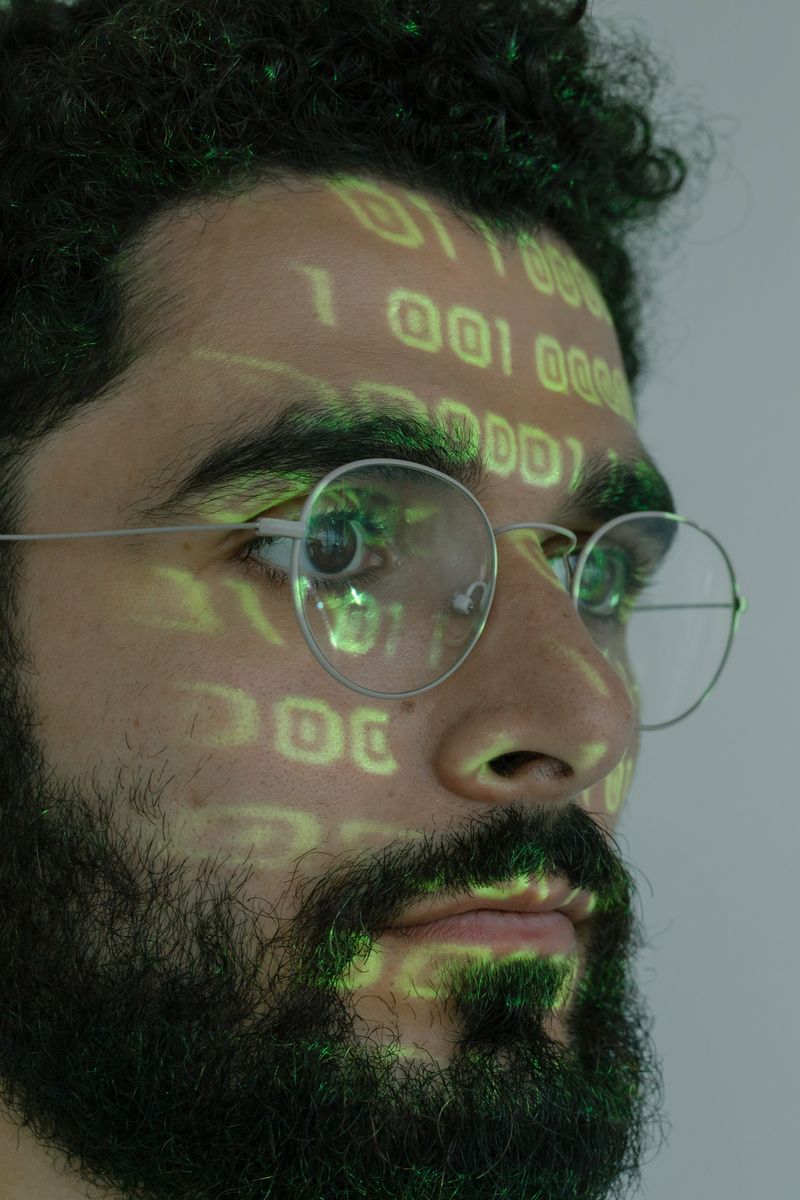Satellite Security Lags Decades Behind the State of the Art
Introduction
Satellite security has been the topic of recent concern among researchers from Ruhr University Bochum and the CISPA Helmholtz Center for Information Security in Saarbrücken. In their assessment of current low-earth orbit satellites, they found that the industry’s implementation of security concepts is woefully inadequate. This raises concerns about the vulnerability of satellite systems to cyber attacks and the potential ramifications for both commercial and research satellites orbiting the Earth.
The Lack of Modern Security Concepts
Researchers discovered that many security mechanisms common in modern mobile phones and laptops were absent in the satellite systems they analyzed. Key features, such as the separation of code and data, were missing. This omission leaves the satellite systems susceptible to exploitation by malicious actors. Additionally, the research team found that security through obscurity was the primary strategy relied upon by the industry, a precarious approach given the advancements in reverse engineering and vulnerability identification.
Security Analysis and Attack Scenarios
To gain access to the satellite systems and analyze their security, the research team collaborated with the European Space Agency (ESA), universities involved in satellite construction, and a commercial enterprise. By emulating the systems virtually, they were able to test the software in a simulated satellite. The team identified various attack scenarios, demonstrating the capability to disconnect satellites from ground control and take control of the systems. This vulnerability raises concerns about potential misuse, such as unauthorized image capture or satellite collisions.
Developers’ Approach to Security
A survey conducted among satellite developers revealed a concerning understanding of security within the industry. Many respondents believed that the lack of documentation and obscurity would protect satellites from attacks, failing to recognize the risks posed by reverse engineering and vulnerability identification. Only a few developers reported encrypting data and using authentication for secure communication with satellites.
The Need for Improved Security Standards
The research team emphasized the importance of bringing together the satellite and security communities to promote a mutual understanding of the challenges faced in space applications and existing security standards. It is crucial to recognize that satellite security cannot rely solely on obscurity but should instead be built on robust encryption, authentication, and documentation. Furthermore, collaboration between satellite developers, research institutions, and regulatory bodies is necessary to establish and enforce security standards that keep pace with advancements in technology and emerging threats.
Editorial: Prioritizing Satellite Security
Risk of Vulnerable Satellite Systems
The findings of the security analysis conducted by researchers from Ruhr University Bochum and the CISPA Helmholtz Center for Information Security in Saarbrücken raise significant concerns about the vulnerability of satellite systems. With thousands of satellites currently orbiting the Earth and more planned for the future, the potential for cyber attacks on critical infrastructure is a worrying prospect.
Addressing the Security Gap
The security shortcomings identified in the satellite systems highlight the urgent need for industry-wide attention and collaboration. The reliance on security through obscurity is an outdated strategy that no longer provides adequate protection against modern cyber threats. It is imperative that satellite developers prioritize the implementation of modern security concepts, such as code and data separation, robust encryption, and strong authentication protocols.
The Role of Regulation
While the satellite industry has grown rapidly, regulation has struggled to keep pace. Regulatory bodies must take a proactive approach to address the security gaps in satellite systems. Clear guidelines and standards should be established, requiring satellite developers to adhere to robust security practices. Additionally, periodic security audits and assessments should be conducted to ensure compliance and identify vulnerabilities.
International Cooperation
Satellite systems are global in nature and require international cooperation to address security challenges effectively. Collaboration between countries, research institutions, and industry leaders is crucial for sharing best practices, identifying emerging threats, and developing innovative security solutions. Only through collective effort can the satellite industry strengthen its security stance and protect critical infrastructure from potential cyber attacks.
Advice for Satellite Developers and Users
Implement Modern Security Concepts
Satellite developers must prioritize the implementation of modern security concepts into the design and development of satellite systems. This includes separating code and data, implementing robust encryption algorithms, and deploying strong authentication protocols. By adopting these practices, satellite developers can significantly reduce the vulnerability of their systems to cyber attacks.
Regular Security Audits
Satellite operators should conduct regular security audits to identify vulnerabilities and ensure compliance with established security standards. These audits should be performed by independent experts with a deep understanding of satellite technology and cybersecurity. Any identified vulnerabilities should be addressed promptly to mitigate potential risks.
Educate and Train Staff
Satellite developers and operators should invest in educating and training their staff on best practices in satellite security. This includes staying updated on the latest security threats and countermeasures, understanding encryption and authentication protocols, and promoting a culture of cybersecurity awareness throughout the organization.
Collaborate with the Security Community
Satellite developers should actively collaborate with the security community, including researchers, regulators, and industry experts. By engaging in open dialogues and sharing knowledge and expertise, the satellite industry can collectively address security challenges and develop innovative solutions to mitigate emerging threats.
Advocate for Stronger Regulation
Satellite developers and users should advocate for stronger regulation and oversight in the satellite industry. By working together with regulatory bodies, they can shape policies and standards that prioritize robust security measures and ensure the long-term resilience of satellite systems.
In conclusion, the security of satellite systems lags behind the state of the art, leaving them vulnerable to cyber attacks. The satellite industry must prioritize the implementation of modern security concepts, collaborate with the security community, and advocate for stronger regulation to address these security gaps effectively. Only by doing so can we secure critical infrastructure and ensure the safe and reliable operation of satellite systems.

<< photo by Christina @ wocintechchat.com >>
The image is for illustrative purposes only and does not depict the actual situation.
You might want to read !
- Europe’s AI Act: Implications for Businesses and Cybersecurity
- QuickBlox Framework’s API Flaw: A Dangerous Leak of Millions of User’s Personal Information
- Industrial Chaos: The Looming Threat of Rockwell Automation’s Critical RCE Bug
- “The Risks and Challenges of Hacking the Moonlighter Satellite”
- How China’s Satellite-Attacking Technology is Advancing Rapidly: An Insight into the Pentagon Leaks
- The Vulnerable Honeywell DCS Platform: An Industrial Organization’s Achilles’ Heel
- SolarWinds Breach Exploited with Luxury Lures: Diplomats Targeted Using BMW Temptation
- The Dangers of Neglecting Privileged Access: Why Most SMBs Fail to Protect Their Data
- The Unending Struggle: Cyberattacks, Defense, and the Battle to Protect Our Digital World
- Privacy Pact or Data Dilemma: Assessing Europe’s Decision to Allow Data Flow to US
- Juniper Networks Bolsters Security with Urgent Junos OS Patch
- The Evolution of the Hacker: Unveiling a Rapidly Adapting Digital Landscape
- The Vulnerability of Drones: Emerging Threats of Electromagnetic Attacks
- The Emerging Threat of Deepfake-based Sextortion Scams
- Australia’s Cybersecurity Strategy Needs a Comprehensive Review to Tackle Emerging Threats, Rather Than Imposing Bans on Social Media Apps




